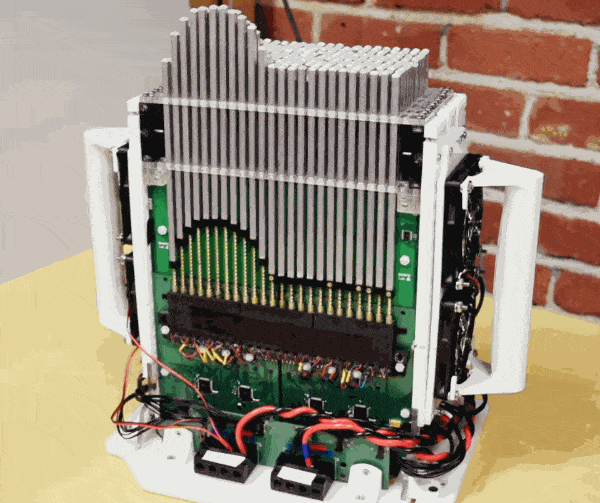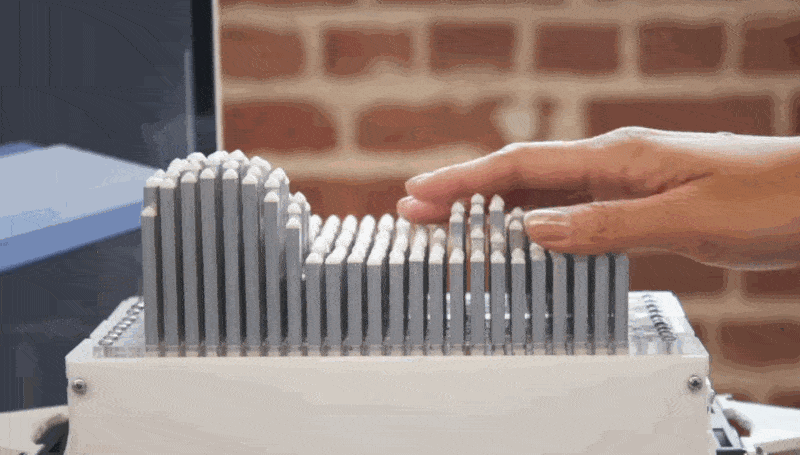The use of a computer with special software, or in accessible mode, is a starting point for blind people who want to inform themselves and communicate. However, there are things that cannot yet be transmitted, such as the image of three-dimensional objects.
A team at Stanford University is working on a way to show blind people 3D information, such as three-dimensional figures from a CAD or modeling program. A touch monitor, yes sir. The studies have led to the creation of a prototype of a 3D tactile display composed of tactile "pixels" (Taxel?) that rise or fall depending on the shape to be represented.
The research project is a collaboration between the head of the Stanford Scientific Laboratory Sean Follmer and students Alexa Siu e Joshua Honey. The touch screen is intended to develop common spaces in which blind people can widen their working autonomy by also carrying out tasks that would have required viewing.

The touch display
The device is a rectangle with 12 rows of 24 small rounded columns that can move up and down with great precision (from a few millimeters to a few centimeters) taking the form of three-dimensional objects. The movements of the system are fast enough to provide real-time representations of the shapes and their variations.
“The project will give blind people the opportunity to also be operators of design software, and not just users. They will be able to create their own objects in 3D, and perhaps use a printer to make them,” says Miele, co-author of the project and blind person, in a Stanford release.
Here it is while showing the functions of the device:
3D or 2.5D display?
Siu calls the capacitive display “2.5D,” because it obviously doesn't allow you to represent an object “in mid-air,” totally detached from the ground. Some of the space is taken up by the display base, after all. Yet, despite the precise observation, the display represents an object in an excellent way and provides the blind person with all the necessary information on its shape.
Little steps
The display “problem” for Blind at this point it is the resolution, which absolutely needs to be improved to offer an increasingly precise perception. Other research teams around the world are working on similar solutions, and it seems that this field is progressing more slowly than others, probably due to the smaller "catchment area".
The touch display needs more work before it can be marketed. The dimensions of the tactile pixels must be reduced and the execution speed increased.



